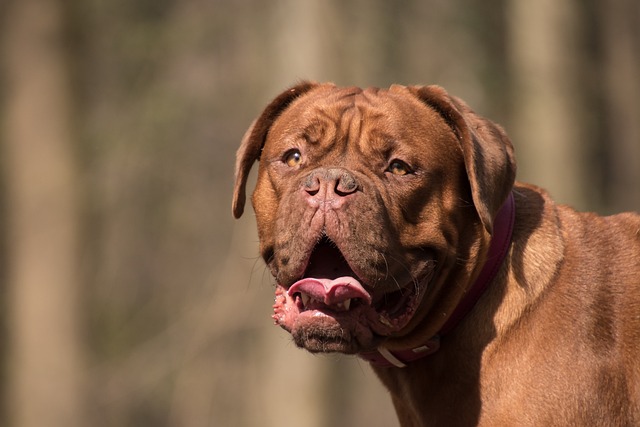
What is the best thing for dogs to chew on to clean teeth
If you’ve ever wrestled with a squirming pup to brush their teeth—only to end up with slobber on your shirt and a toothbrush chewed to bits
Figuring out the right bed size for your small dog can feel tricky, but it’s key to their comfort and your peace of mind. Let’s break down the factors that matter, blending practical advice with insights into Western pet care standards and cultural preferences.
First, define "small dog." In general, these are breeds under 20 pounds, like Chihuahuas, Yorkies, or Pugs. But size isn’t just about weight—consider your dog’s length when stretched out. A Dachshund’s long body might need more horizontal space than a compact Pomeranian, even if they weigh the same. This nuance matters in Europe, where pet product regulations often reference breed-specific needs.
Start with basic measurements. Most small dogs thrive in beds ranging from 18 to 24 inches in diameter for round beds, or 20x28 inches for rectangular ones. But here’s a pro tip: measure your dog from nose to tail while they sleep stretched out, then add 4-6 inches. This buffer ensures they can shift positions without falling off—critical for restless sleepers common in breeds like Jack Russell Terriers.
Material and design impact effective size too. A plush bed with high sides might feel cozier for a shy Chiweenie, but those sides reduce usable interior space. In the US, where crate training is popular, many owners opt for beds that fit inside crates—check your crate’s dimensions first. Brands like PetFusion offer collapsible designs, a hit in urban apartments from New York to Berlin where space is tight.
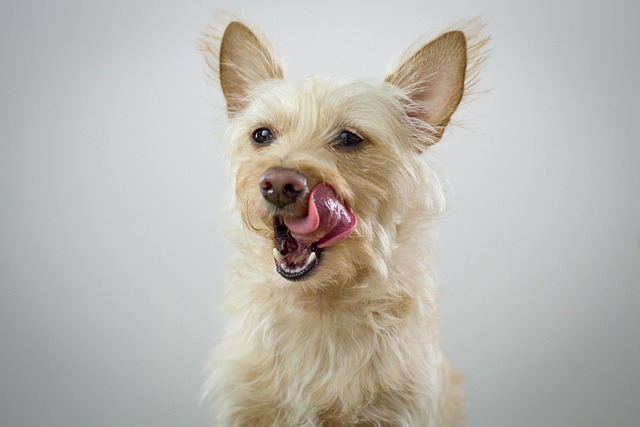
Regulatory compliance is a must. In the EU, pet beds must meet EN 71 safety standards, banning harmful chemicals and small parts that could cause choking. In California, flame-retardant regulations apply to pet bedding, so look for brands that use natural fire retardants like silica instead of toxic chemicals. These details matter to eco-conscious owners in Sweden or Oregon, who prioritize sustainable and safe materials.
Cultural preferences play a role. In rural UK homes, durable canvas beds with removable, machine-washable covers are popular for muddy paw prints. In Parisian apartments, sleek faux leather beds match minimalist decor, while in Australian coastal towns, breathable mesh bases fight heat and humidity. Always consider where the bed will live—next to your couch or inside a crate—and choose accordingly.
Special needs dogs require extra thought. Elderly small dogs with arthritis might need orthopedic memory foam beds, which contour to their bodies. These are often wider to accommodate mobility aids like slings, a growing trend in Germany where senior pet care is highly valued. For brachycephalic breeds (flat-faced like Pugs), avoid beds with deep sides that restrict breathing—opt for low-profile designs instead.
Don’t overlook seasonal adjustments. A fleece-lined bed is great for winter in Canada, but in Florida’s heat, a cooling gel mat inside a breathable cotton cover works better. Some brands like K&H offer reversible beds, solving this problem year-round—a smart sell in regions with extreme temperature swings.
Fit also relates to behavior. Does your dog curl into a ball or stretch out like a starfish? Curling breeds like Shih Tzus can do well in smaller, cave-style beds, while stretchers like Italian Greyhounds need longer rectangles. Observing their sleep posture helps avoid common mistakes—like buying a round bed for a dog that prefers to sprawl.
In the US, where pet obesity is an issue, size up if your small dog is on the heavier side. A 15-pound overweight Yorkie might need a bed designed for 20-pound dogs to ensure comfort. In Europe, where lean pets are prioritized, stick to standard sizes but choose adjustable beds with removable padding for weight fluctuations.
Brands matter too. Trusted names like BarksBar (US) or Ferplast (Italy) provide detailed size charts, often referencing both weight and breed. This precision caters to European attention to detail, while American brands emphasize ease of use with "small," "medium," labels that align with casual shopping habits.
So, what’s the golden rule? For most small dogs, a 20x28-inch rectangular bed or 22-inch round bed works. But always measure your dog first, consider their sleeping style, and check local safety regulations. A well-fitted bed isn’t just comfy—it’s a statement of responsible pet ownership, whether you’re in Texas or Tuscany.
Ultimately, the best bed lets your small dog stretch, curl, and snooze peacefully while fitting seamlessly into your home. By balancing practical needs with regional norms, you’ll find a solution that keeps both your pup and your interior design happy. After all, a dog’s bed is more than just a spot to sleep—it’s a corner of their (and your) world.

If you’ve ever wrestled with a squirming pup to brush their teeth—only to end up with slobber on your shirt and a toothbrush chewed to bits
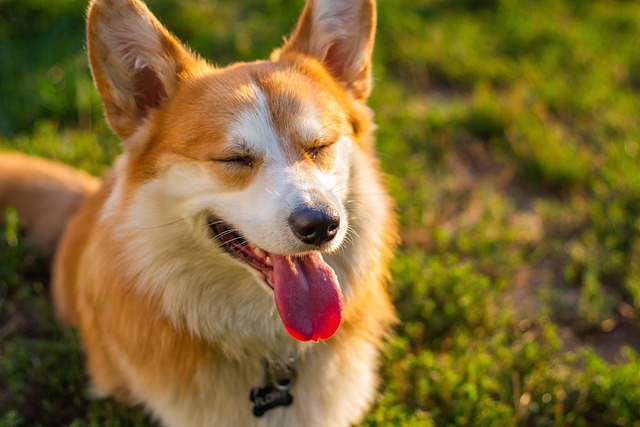
That faint whiff of fishy breath when your Golden Retriever greets you isn't just "dog smell" – it's likely the first clue to canine periodontal disease

Ever felt that sinking worry when your energetic Labrador suddenly loses its appetite or starts a persistent belly rumble?Regular deworming isn't just a checkbox on a pet care list—it's a vital shield protecting your furry best friend from hidden health t
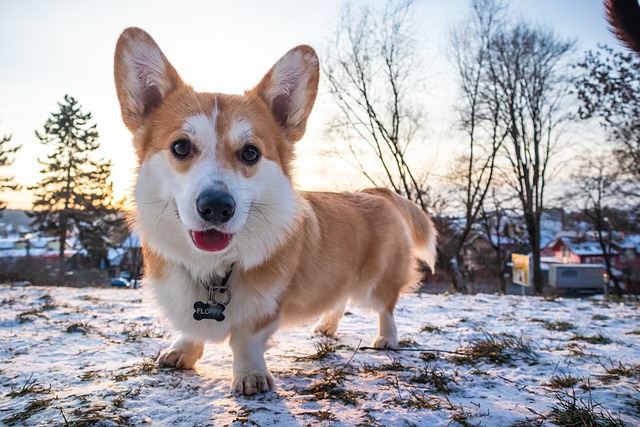
Watching your dog pant heavily on a hot day, or noticing their nose is dry and their eyes look sunken, can send a wave of panic through any new pet owner.

Cooking homemade meals for your dog feels like an act of love—chopping fresh veggies, simmering lean meat, knowing exactly what’s in their bowl.
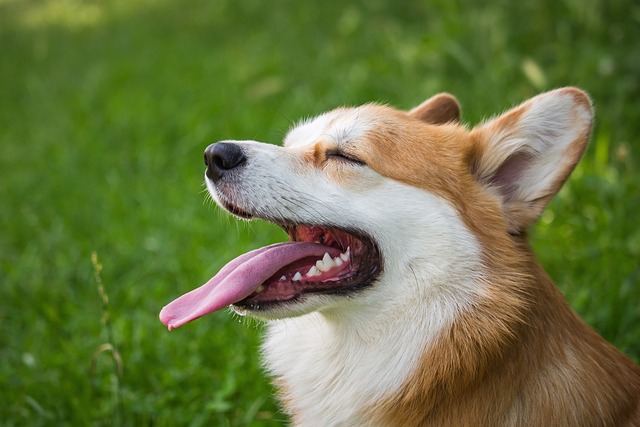
Picture this: You're scrambling to get ready for work, your golden retriever nudges your hand, and your daily multivitamin tumbles onto the kitchen floor.